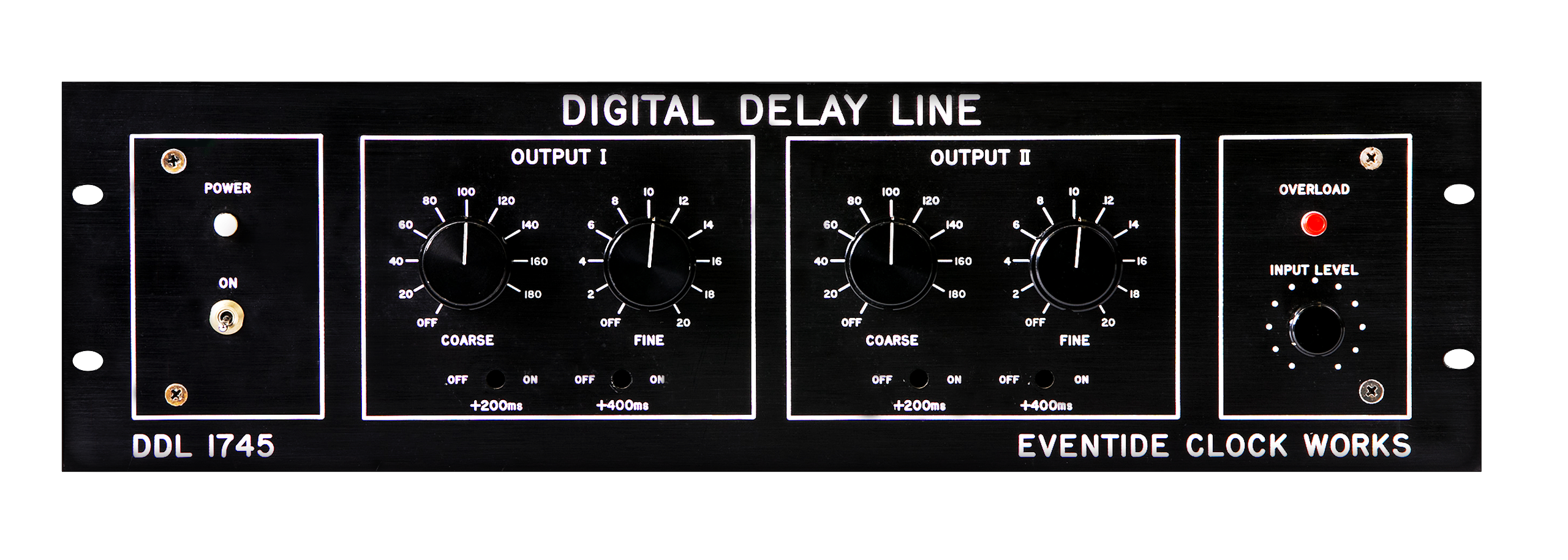Eventide DDL 1745 Inducted into TECnology Hall of Fame

Founded in 1970 by inventor Richard Factor, studio owner and patent attorney Orville Greene, and Sound Exchange Studio chief Engineer Steve Katz, Eventide has since become a world leader in audio processing gear as well as its top-flight NexLog communications recorders for public safety, utilities, P25 and air traffic control operations. On the music/broadcast production side, the company is probably best known for its enormously successful Harmonizer® effects processor line, with its first H910 model inducted into the TECnology Hall of Fame and the H3000 UltraHarmonizer getting the honor in 2016.
Launched in 1971, Eventide’s 1745 digital delay (its first digital product) offered two channels of independent delay from a single input. Initially designed for a Maryland-based public broadcaster, the original 1745 offered up to 200 milliseconds of delay through a hundred shift registers each with a then-massive memory capacity of 980 Bytes (!) each. The invention gave birth to several other models, including the improved 1745A and the 1745M — one of the first uses of RAM memory in an audio product.
The 1745M (the “M” stood for “memory”) had a single balanced line input wired to five expansion slots — each of which could be fitted with an independent delay line module, with the output of each routed to a separate XLR output for each. Eventually an option was added for the 1745M — this being a double-wide (two-slot) plug-in pitch change module and users could set up and customize their 1745M to fit their particular needs. One milestone for the 1745 was that its pitch module was the first such available product with a frequency response suitable for music production.
While the original 1745 and 1745A remain fairly rare, over the years, the 1745M has remained a popular studio item with bands such as Kiss and Tom Petty. In fact, superproducer/engineer Bruce Swedien had several 1745M delays (including one fitted with a pitch shift module) in his outboard rack used to mix Michael Jackson’s classic Thriller album.
